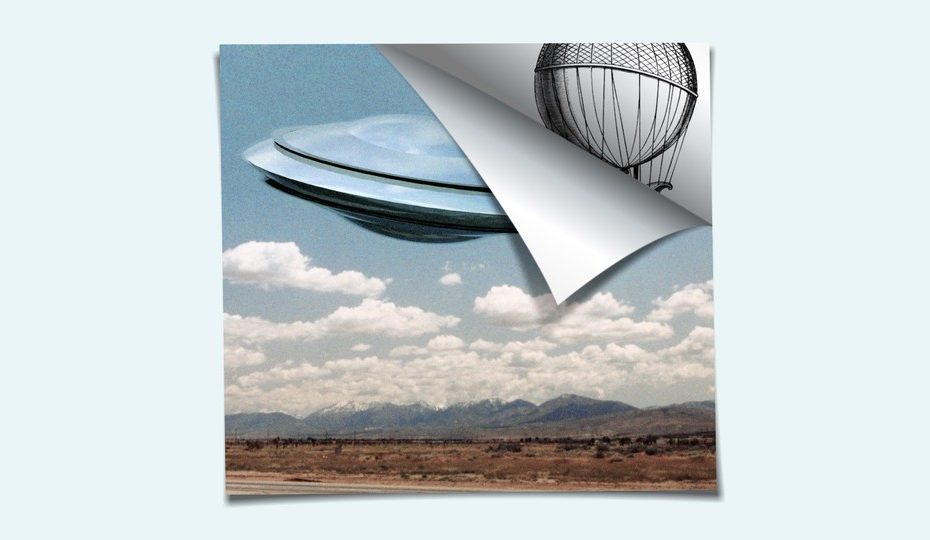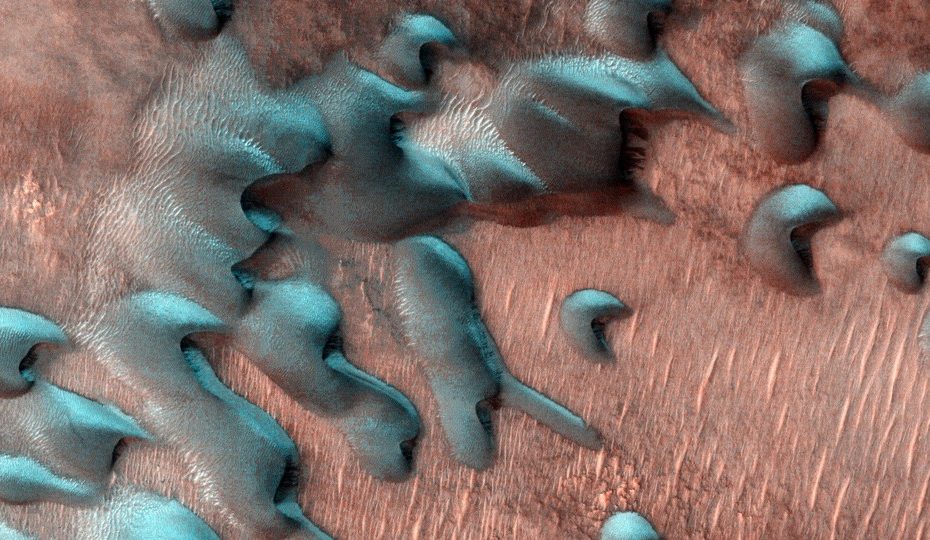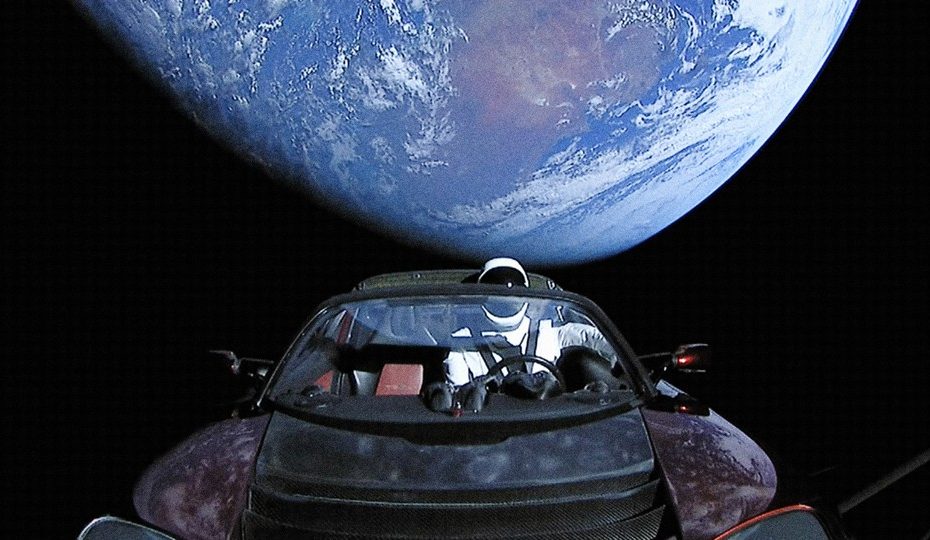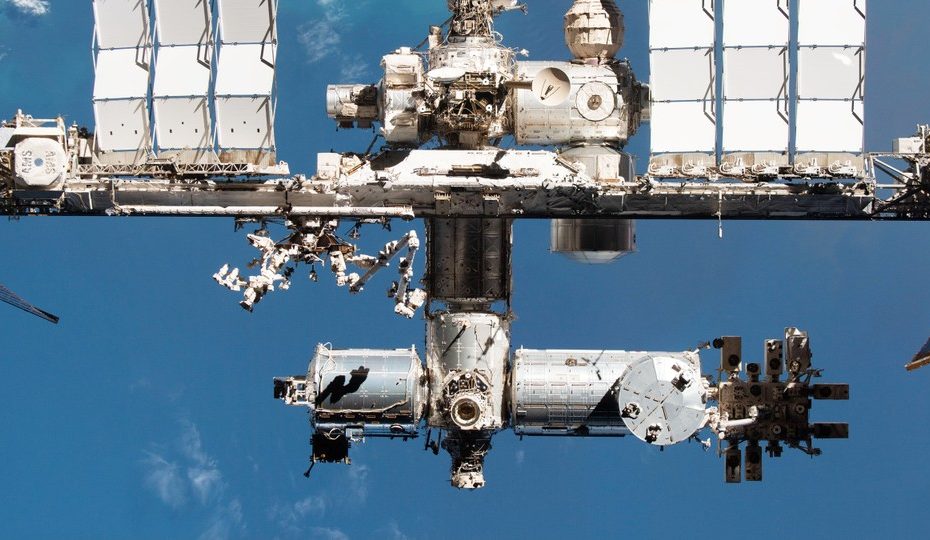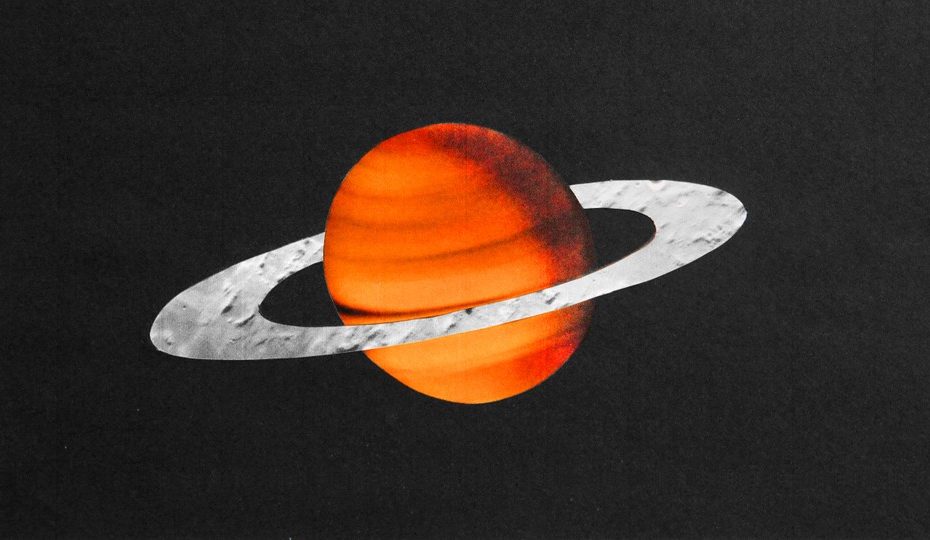Elon Musk Is Spiraling
In recent memory, a conversation about Elon Musk might have had two fairly balanced sides. There were the partisans of Visionary Elon, head of Tesla and SpaceX, a selfless billionaire who was putting his money toward what he believed would save the world. And there were critics of Egregious Elon, the unrepentant troll who spent a substantial amount of his time goading online hordes. These personas existed in a strange harmony, displays of brilliance balancing out bursts of terribleness.




